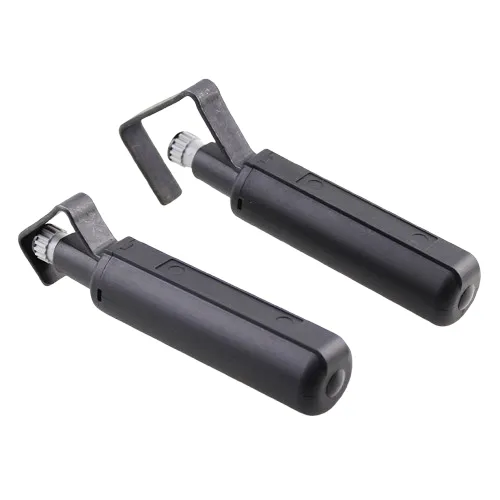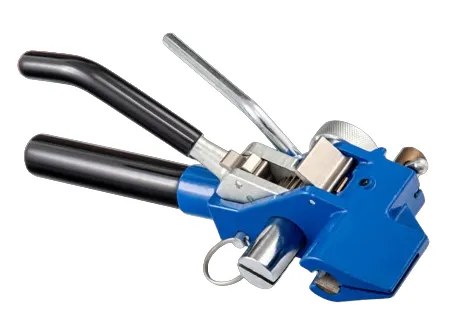
-
 Afrikaans
Afrikaans -
 Albanian
Albanian -
 Amharic
Amharic -
 Arabic
Arabic -
 Armenian
Armenian -
 Azerbaijani
Azerbaijani -
 Basque
Basque -
 Belarusian
Belarusian -
 Bengali
Bengali -
 Bosnian
Bosnian -
 Bulgarian
Bulgarian -
 Catalan
Catalan -
 Cebuano
Cebuano -
 Corsican
Corsican -
 Croatian
Croatian -
 Czech
Czech -
 Danish
Danish -
 Dutch
Dutch -
 English
English -
 Esperanto
Esperanto -
 Estonian
Estonian -
 Finnish
Finnish -
 French
French -
 Frisian
Frisian -
 Galician
Galician -
 Georgian
Georgian -
 German
German -
 Greek
Greek -
 Gujarati
Gujarati -
 Haitian Creole
Haitian Creole -
 hausa
hausa -
 hawaiian
hawaiian -
 Hebrew
Hebrew -
 Hindi
Hindi -
 Miao
Miao -
 Hungarian
Hungarian -
 Icelandic
Icelandic -
 igbo
igbo -
 Indonesian
Indonesian -
 irish
irish -
 Italian
Italian -
 Japanese
Japanese -
 Javanese
Javanese -
 Kannada
Kannada -
 kazakh
kazakh -
 Khmer
Khmer -
 Rwandese
Rwandese -
 Korean
Korean -
 Kurdish
Kurdish -
 Kyrgyz
Kyrgyz -
 Lao
Lao -
 Latin
Latin -
 Latvian
Latvian -
 Lithuanian
Lithuanian -
 Luxembourgish
Luxembourgish -
 Macedonian
Macedonian -
 Malgashi
Malgashi -
 Malay
Malay -
 Malayalam
Malayalam -
 Maltese
Maltese -
 Maori
Maori -
 Marathi
Marathi -
 Mongolian
Mongolian -
 Myanmar
Myanmar -
 Nepali
Nepali -
 Norwegian
Norwegian -
 Norwegian
Norwegian -
 Occitan
Occitan -
 Pashto
Pashto -
 Persian
Persian -
 Polish
Polish -
 Portuguese
Portuguese -
 Punjabi
Punjabi -
 Romanian
Romanian -
 Russian
Russian -
 Samoan
Samoan -
 Scottish Gaelic
Scottish Gaelic -
 Serbian
Serbian -
 Sesotho
Sesotho -
 Shona
Shona -
 Sindhi
Sindhi -
 Sinhala
Sinhala -
 Slovak
Slovak -
 Slovenian
Slovenian -
 Somali
Somali -
 Spanish
Spanish -
 Sundanese
Sundanese -
 Swahili
Swahili -
 Swedish
Swedish -
 Tagalog
Tagalog -
 Tajik
Tajik -
 Tamil
Tamil -
 Tatar
Tatar -
 Telugu
Telugu -
 Thai
Thai -
 Turkish
Turkish -
 Turkmen
Turkmen -
 Ukrainian
Ukrainian -
 Urdu
Urdu -
 Uighur
Uighur -
 Uzbek
Uzbek -
 Vietnamese
Vietnamese -
 Welsh
Welsh -
 Bantu
Bantu -
 Yiddish
Yiddish -
 Yoruba
Yoruba -
 Zulu
Zulu


TEL:
0086-311-88862036
مارت . 05, 2025 06:25 Back to list
Cable Pulling Swivel
Connecting ground rods is an essential aspect of electrical safety and energy efficiency in various installations. Having the knowledge and skills to effectively connect these rods not only ensures safety but also optimizes the function of any electrical system. Drawing from years of experience in electrical installation and maintenance, this article offers a unique perspective on the best practices for connecting ground rods, emphasizing expertise, authority, and trustworthiness.
Safety Practices and Considerations During installation, adherence to safety protocols is non-negotiable. Protective gear, including insulated gloves and eye protection, should be worn at all times. Post-installation, conducting thorough testing with ground resistance meters is advisable to confirm the efficiency of the grounding system. Regular maintenance inspections can identify potential issues before they develop into serious hazards. Compliance and Standards To ensure safety and functionality, installations must comply with local and national electrical codes, such as the National Electrical Code (NEC) in the United States, or relevant international standards. These codes dictate specifications for materials, installation, and testing, providing a framework to uphold quality and safety. Staying informed of updates to these regulations is critical for professionals aiming to deliver compliant and effective grounding solutions. Innovative Approaches and Technologies The advent of new technologies presents opportunities to enhance grounding systems. Smart grounding devices and IoT integration allow for real-time monitoring and diagnostics, offering unparalleled insight into the performance and condition of grounding systems. Embracing these innovations can drastically improve efficiency and safety, catering to the increasing demand for reliable electrical infrastructure in modern installations. Conclusion Connecting ground rods is a task deeply embedded in the principles of safety and efficiency. Through meticulous material selection, strategic planning, and adherence to established best practices and standards, professionals can ensure the reliability of their grounding systems. Empowered by decades of expertise and continuous learning, leveraging cutting-edge technologies, and maintaining stringent safety measures will fortify your reputation as a trusted authority in the industry.


Safety Practices and Considerations During installation, adherence to safety protocols is non-negotiable. Protective gear, including insulated gloves and eye protection, should be worn at all times. Post-installation, conducting thorough testing with ground resistance meters is advisable to confirm the efficiency of the grounding system. Regular maintenance inspections can identify potential issues before they develop into serious hazards. Compliance and Standards To ensure safety and functionality, installations must comply with local and national electrical codes, such as the National Electrical Code (NEC) in the United States, or relevant international standards. These codes dictate specifications for materials, installation, and testing, providing a framework to uphold quality and safety. Staying informed of updates to these regulations is critical for professionals aiming to deliver compliant and effective grounding solutions. Innovative Approaches and Technologies The advent of new technologies presents opportunities to enhance grounding systems. Smart grounding devices and IoT integration allow for real-time monitoring and diagnostics, offering unparalleled insight into the performance and condition of grounding systems. Embracing these innovations can drastically improve efficiency and safety, catering to the increasing demand for reliable electrical infrastructure in modern installations. Conclusion Connecting ground rods is a task deeply embedded in the principles of safety and efficiency. Through meticulous material selection, strategic planning, and adherence to established best practices and standards, professionals can ensure the reliability of their grounding systems. Empowered by decades of expertise and continuous learning, leveraging cutting-edge technologies, and maintaining stringent safety measures will fortify your reputation as a trusted authority in the industry.
Next:
Latest news
The Unique Design of Cable Socks
NewsJun.04,2025
Swivel Connectors in Industrial Automation
NewsJun.04,2025
Safety Features of Link Sticks
NewsJun.04,2025
How to choose the best cable pulling winch for sale
NewsJun.04,2025
Fish tape safety precautions
NewsJun.04,2025
Essential Maintenance Tips for Cable Pulling Tools
NewsJun.04,2025
Copyright © 2025 Shijiazhuang Bilo Import and Export Trading Co., Ltd. All Rights Reserved. Sitemap | Privacy Policy

BlLo lmport & Éxport is specialized in power and cable equipment andconsiruction tools,Qur main producis are FRP
duct rodder, cable rollerscable pulling winch, cable drum jack, cable pulling sock, etc.
Copyright © 2025 Shijiazhuang Bilo Import and Export Trading Co., Ltd. All Rights Reserved. Sitemap | Privacy Policy










